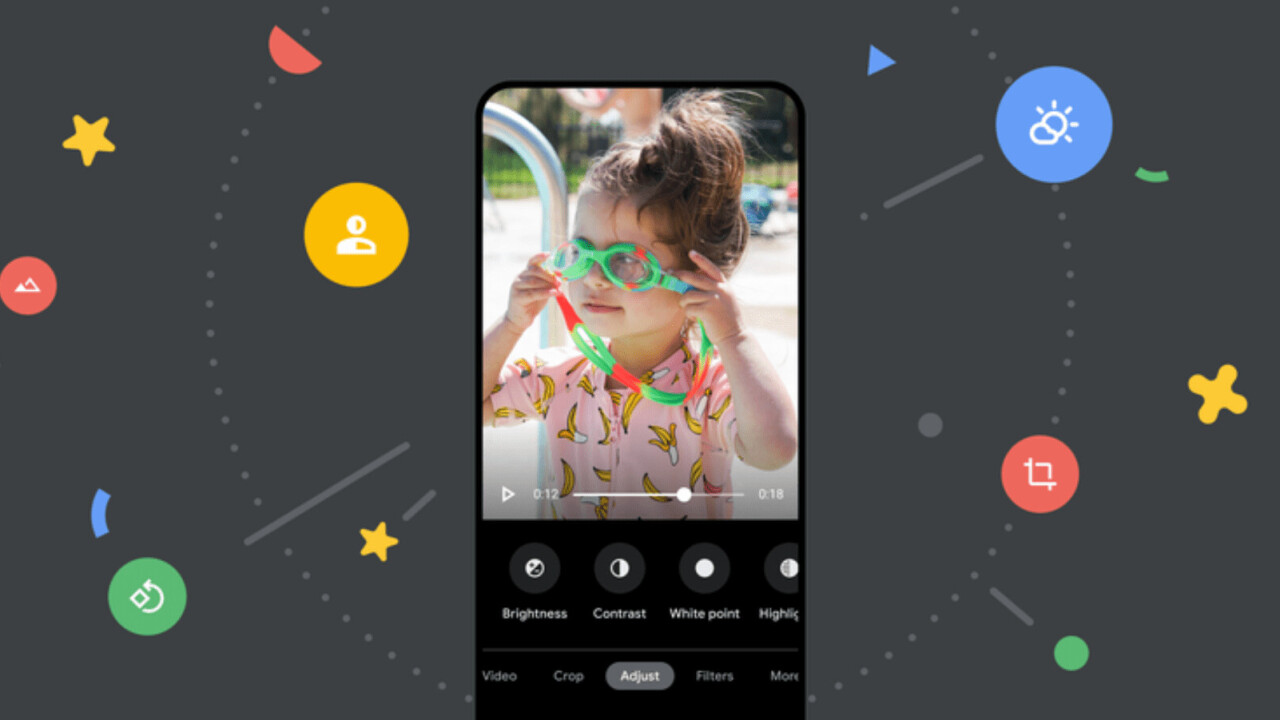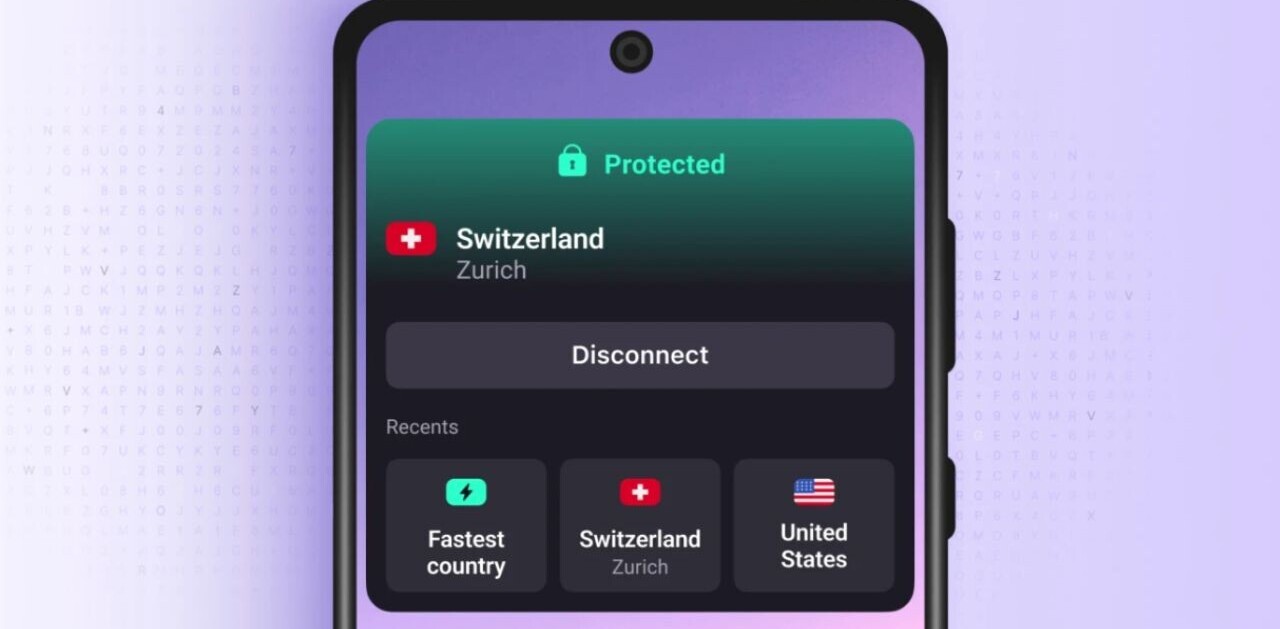
We’ve known for a while that Google Photos has been considering ways to monetize some of its best features, and today we got a good look at how that’ll happen. The company has begun sharing some of the Pixel’s best photo editing tricks, including Portrait Blur and Portrait Light, with other Android devices. You’ll just have to pay for a Google One subscription to get access.
While Google Photos previously allowed users to modify blur effects on images that were already taken in portrait mode, the new update expands the effect to images that never had depth information in the first place. It essentially uses AI to create its own depth map rather than hardware, and Google’s AI is sophisticated enough that it can outdo some hardware-based methods, in my experience.
Meanwhile, Portrait Light is one of the coolest image editing features I’ve seen in some time, first making its debut on the Pixel 5. It allows you to re-light portrait images in a way that is genuinely useful and surprisingly realistic. And again, this works even on images without their own depth information.
Google is also adding a few other ‘super filters’ as well. A ‘Dynamic’ filter is supposed to enhance brightness and contrast while retaining a balanced photo, while new ‘sky suggestions’ adjust color and contrast on landscape images for more dramatic lighting.
Lastly, Google is adding a new video editor to Photos, which allows for many more editing features, including cropping, filters, and granular image adjustments. That gives you controls like the ones you’re used to in the photo editor, like brightness, contrast, highlight retention, saturation, and more. And as before, you can still use the editor to trim, stabilize, and rotate your videos.
The new features are rolling out to devices over the next few days.
Get the TNW newsletter
Get the most important tech news in your inbox each week.





